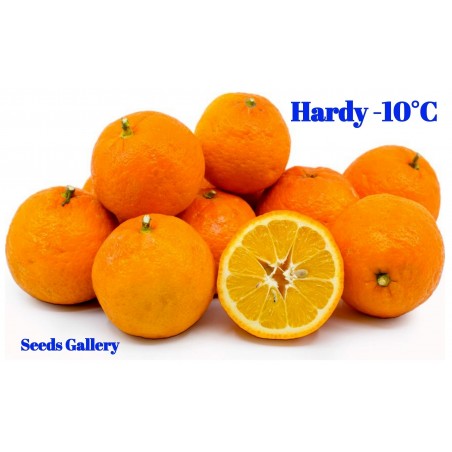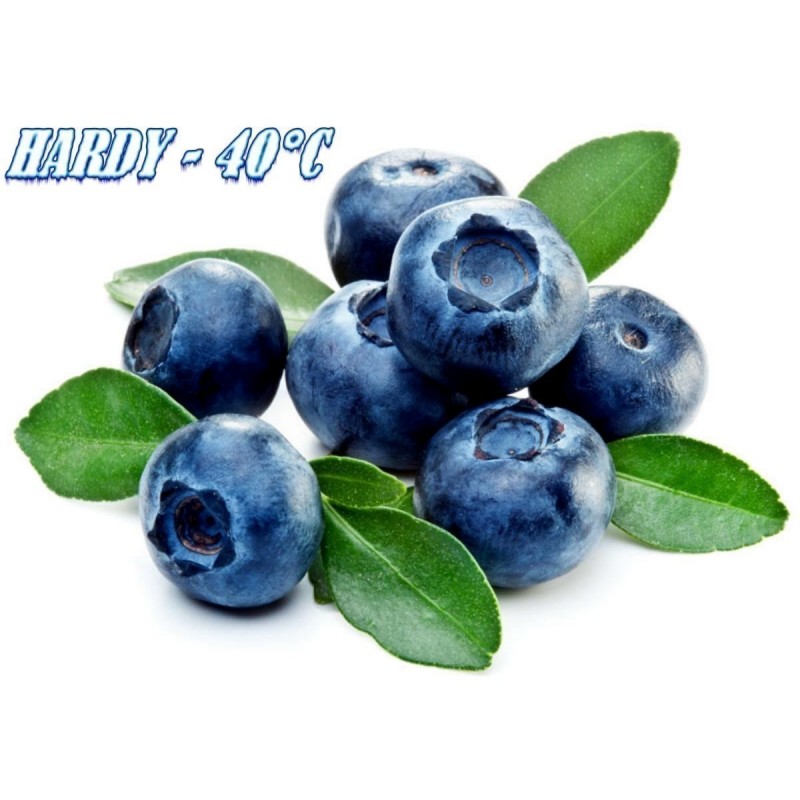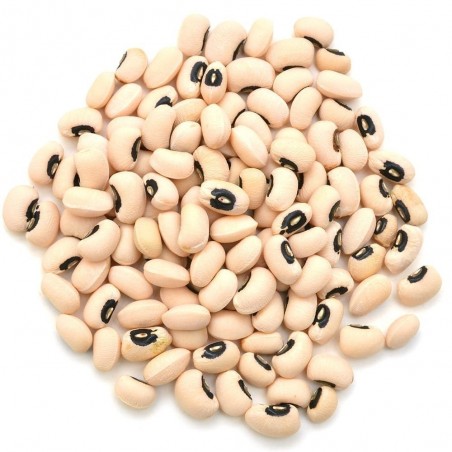
Blue huckleberry Seeds (Vaccinium Corymbosum)
Blue huckleberry Seeds (Vaccinium Corymbosum)
Price for Package of 50 (0,015g) seeds.
Other common names include blue huckleberry, tall huckleberry, swamp huckleberry, high blueberry, and swamp blueberry. Vaccinium corymbosum, the northern highbush blueberry, is a North American
Blue huckleberry Seeds (Vaccinium Corymbosum)
Price for Package of 50 (0,015g) seeds.
Other common names include blue huckleberry, tall huckleberry, swamp huckleberry, high blueberry, and swamp blueberry. Vaccinium corymbosum, the northern highbush blueberry, is a North American species of blueberry that has become a food crop of significant economic importance. It is native to eastern Canada and the eastern and southern United States, from Ontario east to Nova Scotia and south as far as Florida and eastern Texas. It is also naturalized in other places: Europe, Japan, New Zealand, the Pacific Northwest of North America, etc.
Vaccinium corymbosum is a deciduous shrub growing to 6–12 feet (1.8–3.7 m) tall and wide. It is often found in dense thickets. The dark glossy green leaves are elliptical and up to 5 centimeters (2.0 in) long. In autumn, the leaves turn to a brilliant red, orange, yellow, and/or purple.
The flowers are long bell- or urn-shaped white to very light pink, 0.33 inches (8.4 mm) long.
The fruit is a 0.25–0.5 inches (6.4–12.7 mm) diameter blue-black berry. This plant is found in wooded or open areas with moist acidic soils.
The species is tetraploid and does not self-pollinate.[9] Most cultivars have a chilling requirement greater than 800 hours.
History
Many wild species of Vaccinium are thought to have been cultivated by Native Americans for thousands of years, with intentional crop burnings in northeastern areas being apparent from archeological evidence.[9] V. corymbosum, being one of the species likely used by these peoples, was later studied and domesticated in 1908 by Frederick Vernon Coville.
Uses
In natural habitats, it is a food source for native and migrating birds, bears, and small mammals.
The berries were collected and used in Native American cuisine in areas where Vaccinium corymbosum grew as a native plant.
Cultivation
Vaccinium corymbosum is the most common commercially grown blueberry in present-day North America. It is also cultivated as an ornamental plant for home and wildlife gardens and natural landscaping projects.
Germination instructions
Northern Highbush Blueberry (Vaccinium Corymbosum) – Soak the seeds in a small container of hand-hot water and leave to cool for 24 hours. Then sow the seeds on the surface of free-draining, damp, lime-free seed compost and only just cover with compost. 90 days cold stratification at approx 3C° is now required, which can be achieved by either, covering and placing outside in a cold shaded area, or by sealing the pot in a plastic bag and place in a refrigerator. Then move indoors or to a propagator at a minimum temperature of 21C°, until after germination. When large enough to handle, transplant individual seedlings into 9cm pots of ericaceous compost and grow on. Protect from frost. Plant outdoors from June onwards, after hardening off.
| HEIRLOOM ? | Yes |
|---|---|
| Organic Seeds ? | Organic Seeds |
| Edible ? | Edible |
| Pretreatment of sowing ? | Pour hot water over the seeds Soak in water before sowing 12-24 h Stratification needed: Yes |
| Life Cycle: | Perennial plant : Yes |
| Handpicked seeds ? | Handpicked seeds |
| Resistant to cold and frost ? | Cold resistant: to −40 °C |
| Medicinal Plant ? | Medicinal Plant: Yes |


Your review appreciation cannot be sent
Report comment
Report sent
Your report cannot be sent
Write your review
Review sent
Your review cannot be sent
🌍 Worldwide Shipping from the EU
We ship worldwide from the European Union using registered air post with signature confirmation on delivery.
📦 Tracking Your Order
Log in to your account and go to Order History > Details to find your tracking number.
You will receive email notifications at every step — please check your spam/junk folder if you don’t see them.
Track your package via:
⚠️ Important Notices
Cash on delivery is not available.
Always provide a valid mobile number with country code when ordering (e.g., +365 456 7686 576).
Do not order to P.O. Boxes or if you cannot be home to sign for the package. We cannot leave parcels with neighbors.
If a package sent to a P.O. Box is lost or undelivered, you lose the right to a refund.
📦 Lost, Returned & Reshipping Packages
For customers in Brazil and Mexico:
We cannot refund packages lost or destroyed by customs.
If your package is returned, we will refund only the product cost — shipping costs are not refundable.
You must pay return postage (€2) and any costs for reshipping.
If a package is returned to us for any reason, you are responsible for paying the return shipping (€2) plus the cost to resend the package.
🚚 Shipment Delivery
Registered shipments require a signature from the recipient.
If your tracking shows the package is still at the origin post office, it means the package is in transit — please contact your local post office directly for updates.
We are not responsible for delivery times and cannot track shipments for you.
📅 Delivery Options & Estimated Times
Delivery Option Processing Time Notes Priority Delivery Ships in 1-7 business days Prioritizes order processing (not guaranteed faster delivery); delays possible during holidays (3-10 days) Secured Delivery Ships in 1-7 business days Available for orders up to €150; refund if lost Standard Delivery Ships in 7-10 business days More economical; delays possible during holidays (7-14 days) Estimated Delivery Time:
Within the EU: 3–20 days
Worldwide: 5–30 days
Example delivery times to the USA:
Delivered in 13, 17, 19, 22, or 27 days.Note: Delivery times depend on your location and the local postal system. COVID-19 may cause additional delays.
💰 Shipping Costs
Shipping and handling fees are calculated automatically during checkout based on the weight of the parcel and the destination country.
⏰ Order Processing Hours
We do not process or ship orders on Saturdays or Sundays.
💳 Payment Options
Bank Transfer (SEPA / IBAN / SWIFT-BIC)
Include your order reference in the payment description (e.g., "SGS-19811702"). Orders without payment within 7 days are automatically cancelled.PayPal
Payments accepted in Euros only. Please select Euros at checkout.Card Payment
For card payments, visit our other site: Exotic Seeds Store
We accept Visa, MasterCard, American Express, CB, Diners Club, Discover, China UnionPay, JCB, and Discover.
⚠️ Transaction Fees
Customers are responsible for any transaction fees. Please provide payment details to help us process your order efficiently.
📢 Final Notes
Before placing your order, please check our website for any special notices, holiday schedules, or specific conditions that may affect your purchase.
Related Products













